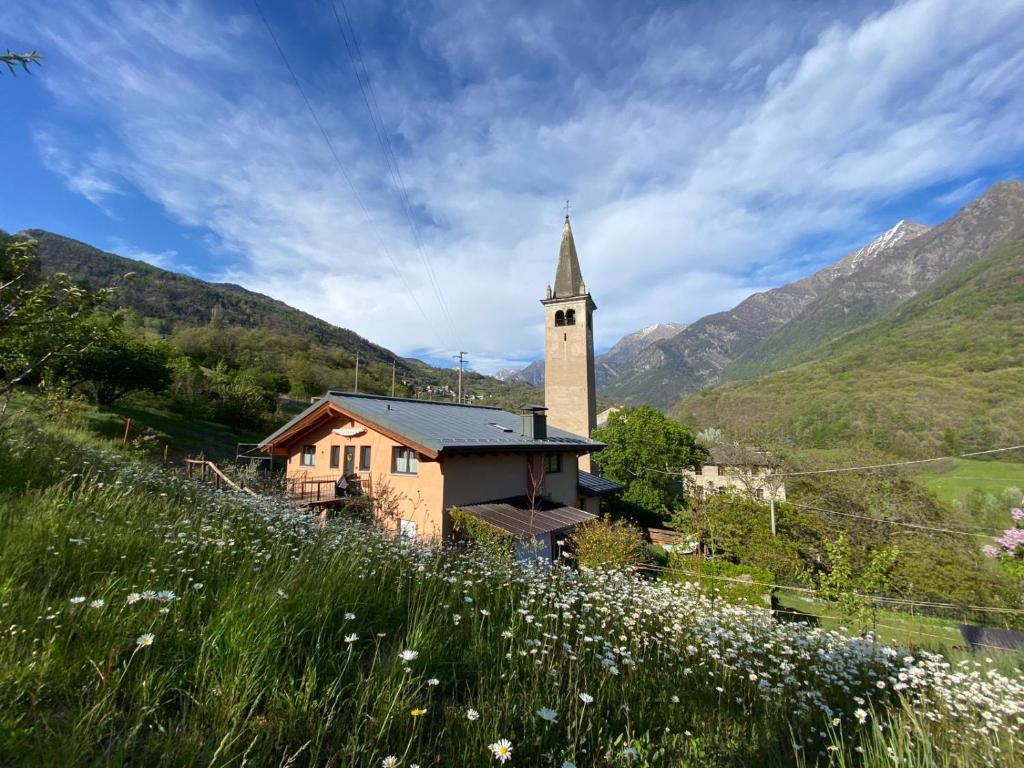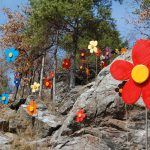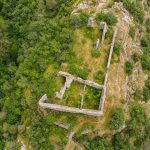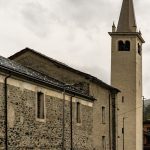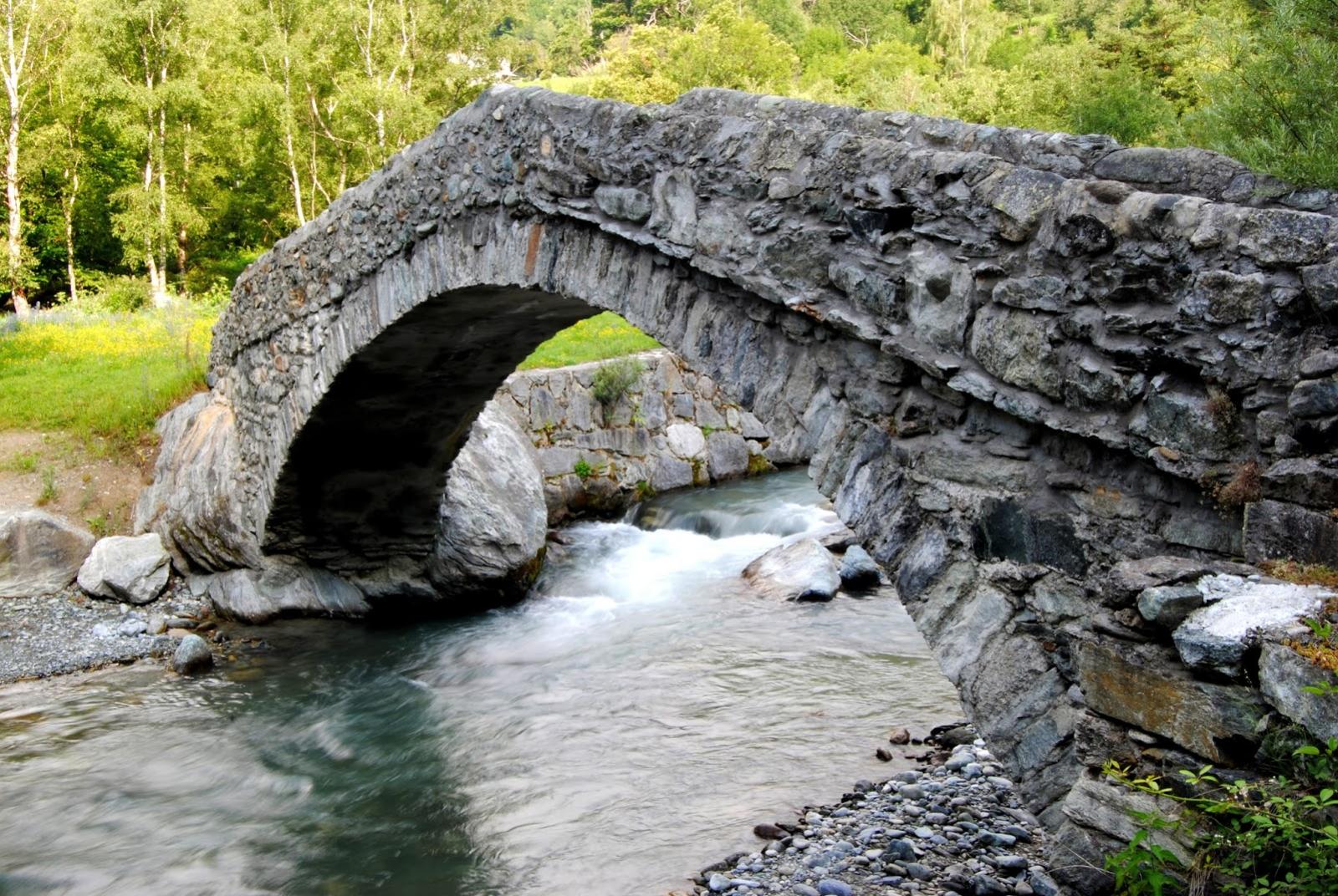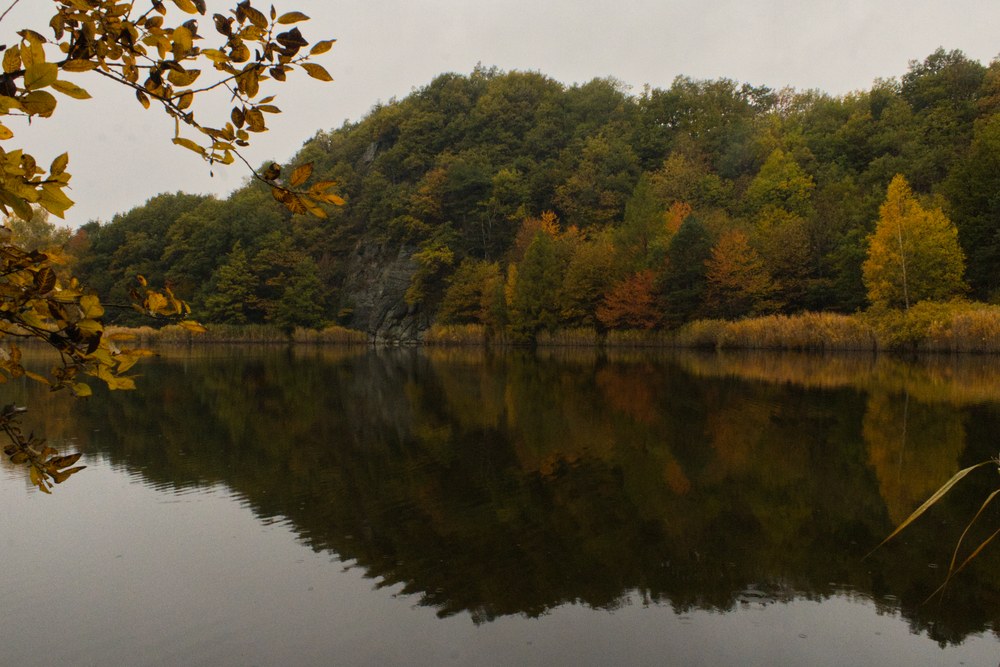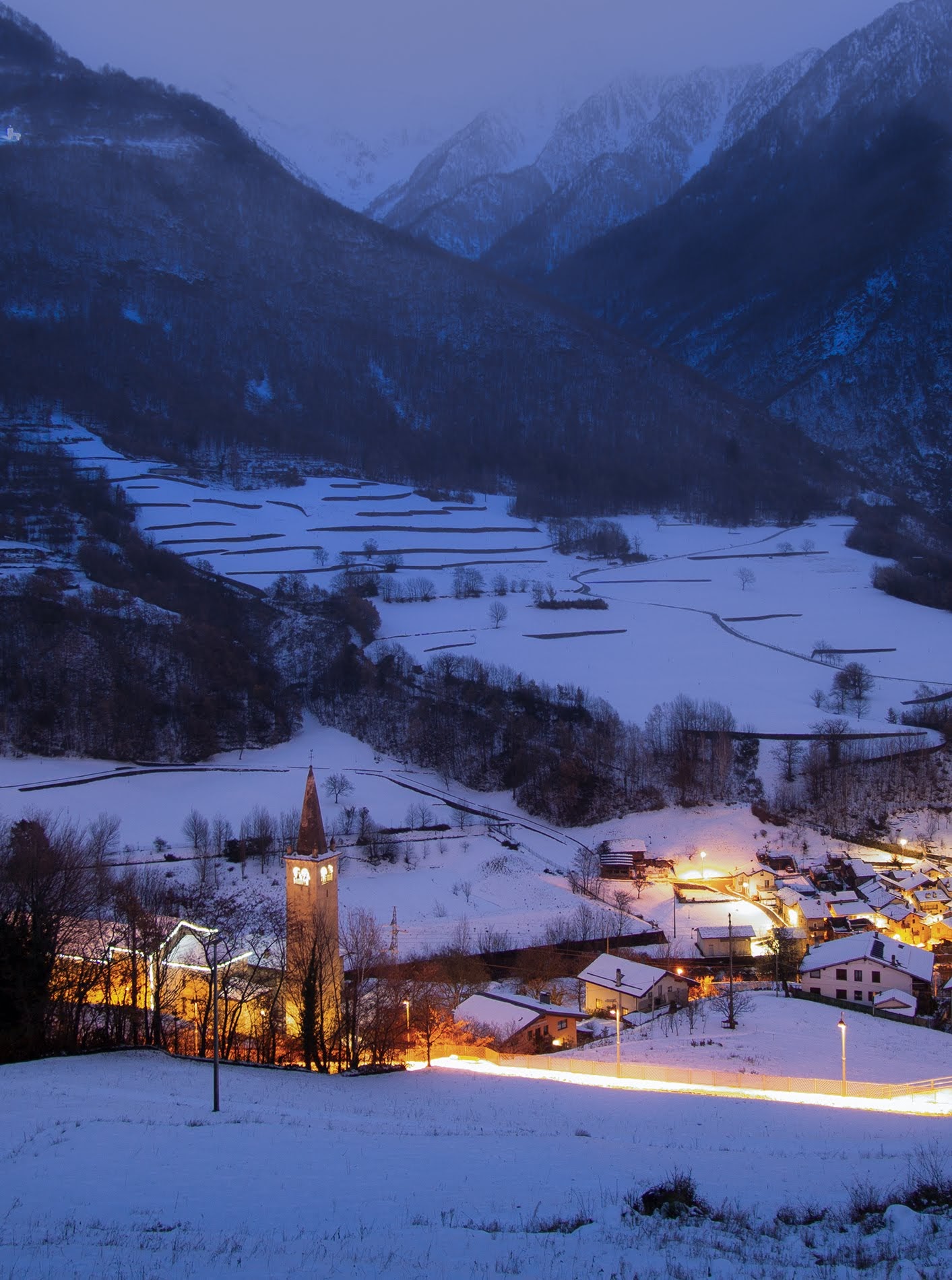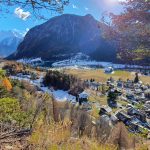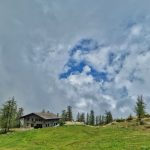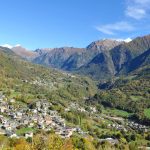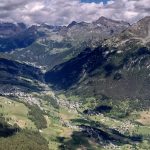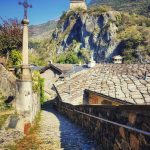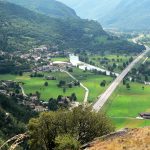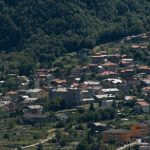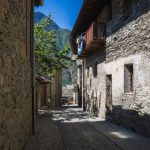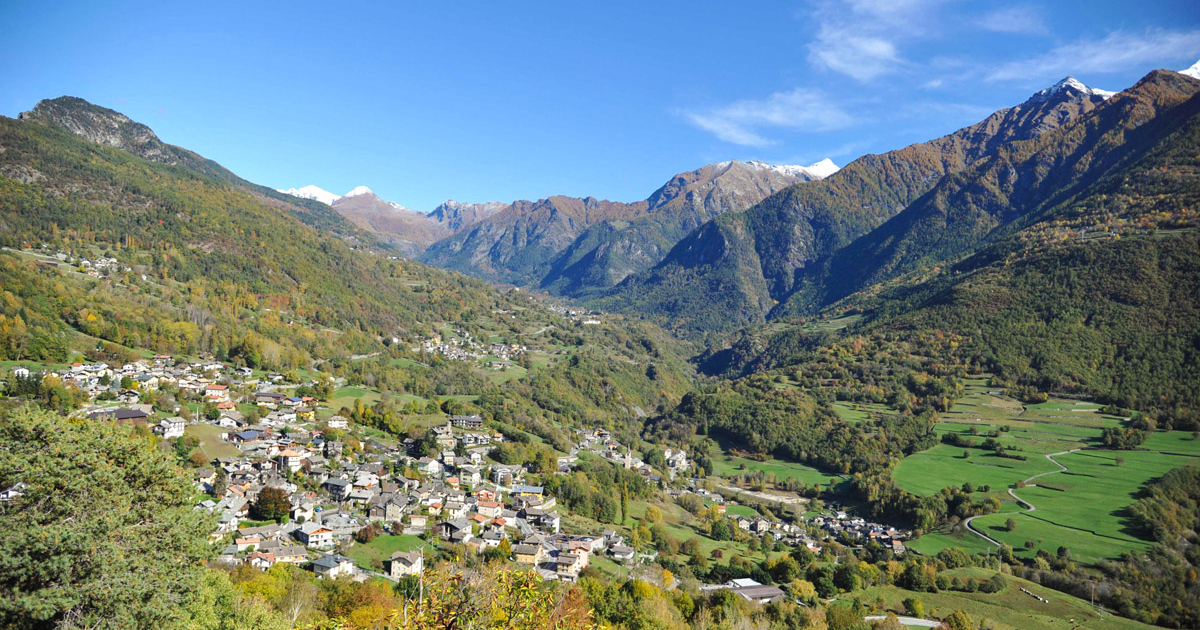
Challand-Saint-Victor - foto Diego Pallu
Unité des Communes Évançon Challand Saint-Victor
a small jewel of the Ayas Valley
Challand-Saint-Victor: Discover Rural Charm in the Val d’Ayas Travel through Challand-Saint-Victor, a picturesque municipality of 550 inhabitants in the Aosta Valley, known for its forests and historic irrigation canals.
In the heart of Val d’Ayas, at an altitude of 765 meters, lies Challand-Saint-Victor, a municipality of 550 inhabitants that is distinguished by its rural authenticity and its division into several settlements.
At 45 kilometers from Aosta, this hamlet is a hidden treasure, surrounded by walnut and chestnut forests and crisscrossed by historic irrigation canals.
History and Culture Challand-Saint-Victor has a rich history, highlighted by the presence of the irrigation canals, the Ru d’Arlaz and Ru Herbal, which were fundamental to the agricultural development of the area.
The commune retains an atmosphere of times gone by, with its traditional houses and paved streets telling stories of an ancient era.
Nature and Sports The forests surrounding Challand-Saint-Victor offer idyllic settings for walking and hiking.
The natural landscape, with its forest trails, is perfect for birdwatchers and outdoor hikers.
Its proximity to Val d’Ayas makes this commune an ideal starting point for exploring the region’s beauty.
Festivals and Traditions Challand-Saint-Victor retains strong ties to its roots, celebrating several traditional festivals that reflect local culture and customs.
These events offer visitors a unique opportunity to immerse themselves in the community life and authentic traditions of the Aosta Valley.
For Little Ones For Families The municipality offers quiet activities such as forest walks and picnics in the ares and natural.
The rural landscape and easy trails are perfect for family explorations, providing an educational and fun experience for the little ones.
Challand-Saint-Victor is an ideal destination for those seeking a serene retreat away from the hustle and bustle of city life.
With its rich history, beautiful nature walks and strong sense of community, this municipality offers an authentic and relaxing experience.
Plan your visit to Challand-Saint-Victor and be enchanted by its tranquil rural beauty in the Aosta Valley.



Challand Saint-Victor The History
The Challand-Saint-Victor area was already in prehistoric times, and this is clearly evidenced by the presence of a dolmen at Col d'Arlaz, located at 1,029 m.a.s.l. The locality was the very first possession of the noble Counts of Challant, undoubtedly the most important Aosta Valley lineage that existed during the Middle Ages, which had a history particularly linked to the Aosta Valley.
In fact, the town drew its name precisely from the territory of Challant in 1200, with the investiture of Boson II as lord of the Castle of Villa.
At some time in history, Challand-Saint-Victor was incorporated into Challand-Saint-Anselme under the unique name of Challant, later italianized into Villa Sant'Anselmo.
Villa was to refer to the capital of Challand-Saint-Victor; while Saint Anselm was the patron saint of the parish of the municipality of Challand-Saint-Anselme.
On September 12, 1946, by a decree issued by Federico Chabod, President of the Council of the Valley and distinguished historian, the municipality of Challand-Saint-Victor again acquired its original name, but with only one minor change: the final "t" instead of a "d."
The current name with the "d" at the end of "Challand" dates back to 1976.
However, it should be pointed out that this is only a minor difference in spelling and not also in pronunciation.
In fact, according to the pronunciation rules of the French language, the two place names "Challand" and "Challant" are homophones and the two final consonants should not be pronounced.
Whato do in Challand Saint-Victor
What to do in Challand Saint-Victor
As its name suggests, Challand-Saint-Victor was the first possession of the noble house of Challant, who financed the village’s most prestigious monument, namely the parish church of San Vittore.
Not far from the village of Nabian, the ruins of Villa Castle are still visible today, as well as the ancient signal tower that stands instead in the hamlet of Bonod.
There is also a valuable Nature Reserve that covers a good 25 hectares and includes Lake Villa, where one can immerse oneself in the wild mountain nature.
The Challand-Saint-Victor area also offers a number of trails and paths that lead to various attractions, such as the striking and fairy-tale-like Isollaz Waterfall in the Targnod area and the Cascade d’Arlaz.

Challand Saint-Victor January 7, 2026

 -3°/-3°
-3°/-3°
 2°/2°
2°/2°
 -1°/-1°
-1°/-1°
 -4°/-4°
-4°/-4°
 -4°/-4°
-4°/-4°

Challand-Art
Challand Art - percorso artistico nel bosco, Strada Regionale 45, Challand-Saint-Victor, AO, Italia

